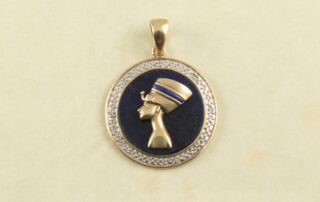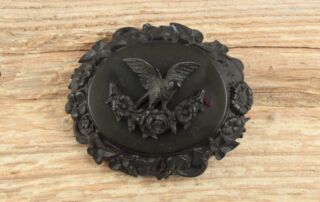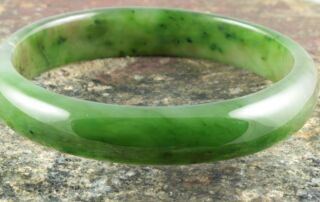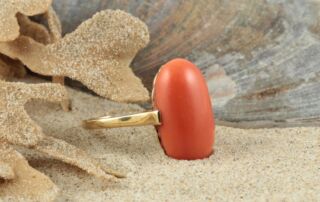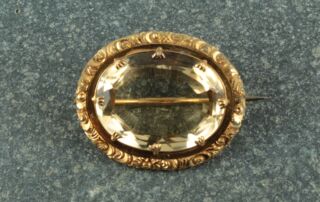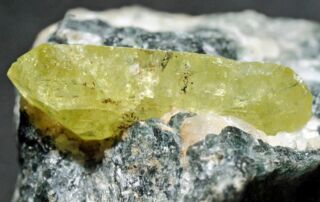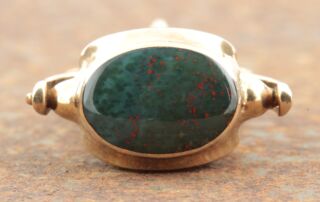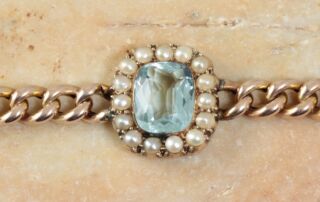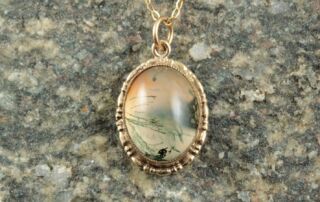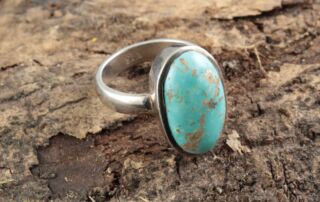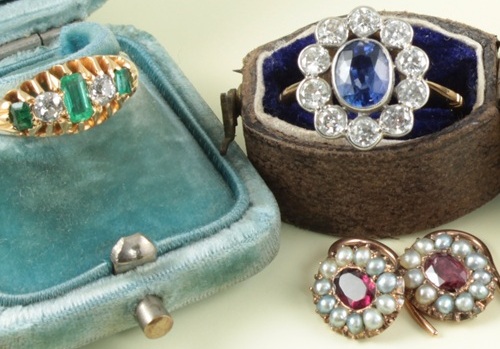Lapis Lazuli
Lapis Lazuli The name Lapis Lazuli is derived from the Latin word for "Stone" and the Arabic word for "Blue". It is not considered a mineral itself but rather is a rock. As it is composed of several minerals in addition to Lazurite which accounts for typically 25 to 40 percent of the gemstone. [...]

